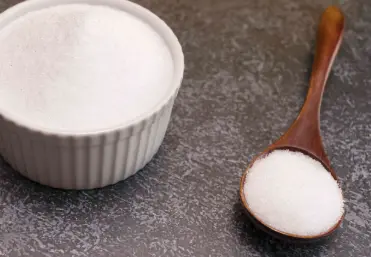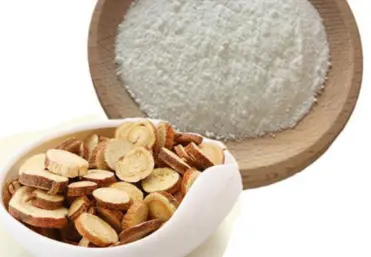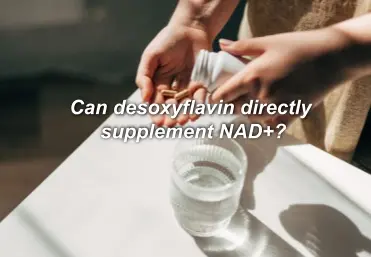
what is L-ergothioneine?
L-Ergothioneine (ET) is a naturally occurring amino acid derivative and antioxidant that has garnered significant attention in recent years for its potential health benefits. Often referred to as a “longevity vitamin,” this compound is unique due to its specific transport mechanism in the human body and its presence in certain dietary sources. In this comprehensive guide, we’ll explore what L-ergothioneine is, its health benefits, dietary sources, safety profile, and the latest research surrounding this remarkable molecule.

What does blueberry extract do for your skin?

What Is Erythritol Made From?
Erythritol, a popular sugar substitute, has gained widespread attention for its zero-calorie profile and dental-friendly properties. To order erythritol powder please contact sost biotech Factory.

Can Blueberry Extract Help with Eye Health?
Blueberry extract offers a wide range of health benefits, especially when it comes to eye health. From improving night vision to protecting against macular degeneration, cataracts, and digital eye strain, the powerful antioxidants in blueberry extract can help preserve and enhance eye function. Whether you incorporate it into your diet through supplements or fresh blueberries, or use it in skincare, blueberry extract is a natural and effective way to support your eye health and maintain clear, sharp vision as you age.

The Side Effects of Erythritol: A Comprehensive Analysis
Erythritol is a widely used sugar substitute that offers benefits such as low-calorie content, blood sugar stability, and tooth-friendliness. However, like any food additive, it has potential drawbacks. Gastrointestinal issues are the most common side effect, while emerging concerns about metabolic and cardiovascular effects warrant further research. While erythritol is considered safe for most people, moderation is key, especially for those with pre-existing digestive sensitivities or cardiovascular risks.

Why is Glabridin Important for Skin Care?
In the ever-evolving world of skincare, new ingredients are constantly being discovered and celebrated for their transformative benefits. One such ingredient that has been gaining significant attention in recent years is glabridin. Known for its potent skin-brightening and anti-aging properties, glabridin has become a staple in many high-end skincare formulations. But what exactly is glabridin, and why is it so important for skin care? In this article, we’ll dive deep into the science behind glabridin, its benefits, and where you can find it.

What Does Capsaicin Do to the Nerves?
Capsaicin was previously shown to cause reversible changes in sensory nerve fiber structure and function. The present data show that capsaicin application also causes degeneration of sudomotor, vasomotor and pilomotor nerves that is accompanied by parallel changes of sudomotor, vasomotor and pilomotor function.

What does BCAA powder do to your body?
Branch Chain Amino Acids (BCAAs) have been a hot topic in the fitness and bodybuilding community for years. Comprising three essential amino acids – leucine, isoleucine, and valine – BCAAs are often marketed as a key supplement for enhancing muscle growth and recovery. But do BCAA supplements really increase muscle mass?

Are There Any Side Effects of L-Kaempferol?
L-kaempferol, a naturally occurring flavonoid found in various fruits, vegetables, and herbs, has garnered significant attention in recent years due to its potential health benefits. This compound is primarily recognized for its antioxidant, anti-inflammatory, and anticancer properties. However, as with any bioactive compound, it is essential to explore its safety profile and potential side effects. This article delves into the side effects of L-kaempferol, backed by scientific research and literature.

Does BCAA help lose belly fat?
BCAA, the branched-chain amino acids, including leucine, isoleucine, and valine, are essential amino acids that constitute proteins of the human body. In the field of fitness and nutritional supplementation, BCAA has received much attention for its ability to promote protein synthesis and accelerate muscle recovery and growth. They are commonly used nutritional supplements for athletes and fitness enthusiasts before and after training, designed to optimize muscle growth and repair processes.

 Food Additives
Food Additives









